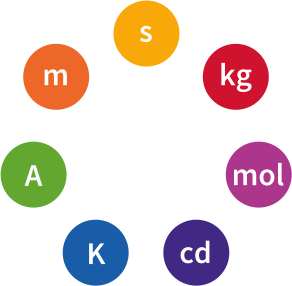Welsh Stick Chair
If you’ve ever wanted to try your hand at building a chair, this handsome Welsh stick chair is the perfect project to get you started on your journey.
There are a few areas of woodworking that are categories on their own. Chairmaking is one of those practices. In the past, a woodworker could make a living specializing in building chairs. But the need for simpler everyday chairs, instead of formal seating, drove several styles of chairs built by general furniture makers. Here’s one of those styles — a Welsh stick chair. One of the defining features of a Welsh stick chair is the simple construction. While fancier types of chairs, such as Windsor chairs, feature a variety of steam bending and turning, the Welsh chair is a utilitarian piece. Its legs are usually faceted instead of turned. The back rail is cut from a segmented blank instead of bent, and the joints are all basic construction — a round tenon fitting into a round mortise. It’s quick to make and lasts a long time. These changes made the chair more economical to build for the average furniture maker. A lathe wasn’t required to turn the legs — a handplane created the facets. Instead of turning tenons on a lathe, a reamer and tenon cutter took care of the joinery. Even though I’ve talked about the simplification of the building process, that doesn’t mean this chair won’t present a few challenges. Not to worry however. A few, basic chair-building fundamentals are all you need to get started.
SELECT YOUR PLAN PACKAGE
What You Get:
- 21 pages of step-by-step instructions
- Over 70 full-color photos and illustrations and exploded views
- Hardware sources and materials list
Product Recommendations
We don't have any links to project supplies and hardware for this particular project yet, but here are some other products that might be of interest to you. (We may receive commission when you use our affiliate links. However, this does not impact our recommendations.)


Imperial Plans
The United States Customary System of Units (USCS or USC), more commonly referred to as the English or Imperial system, is the standard set of units for our plans. It uses inches and feet for measurement. This is the one you probably want if you are in the United States, and it is the one we have traditionally offered on this website.

Metric Plans
The International System of Units (SI), more commonly referred to as the metric system, is the alternative set of units that we have available for some of our plans. It uses millimeters, centimeters, and meters for measurement. This is the one you probably want if you are outside the United States. These plans are provided by our business partner, Australian Woodsmith, and are based on the original Woodsmith plan. However, dimensions and other elements of the plan may vary between the metric and standard versions. Be sure to double-check the plan before building.


Premium Plans
All of the information that you need to build our plans can be found in the standard plan. However, if you want even more granular detail to make your job easier, you should consider our premium plans. These come with additional shop diagrams that we drew when creating the prototypes. Shop drawings are not available for every plan.
























